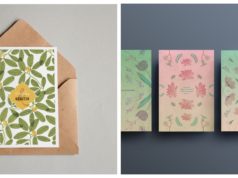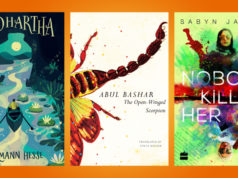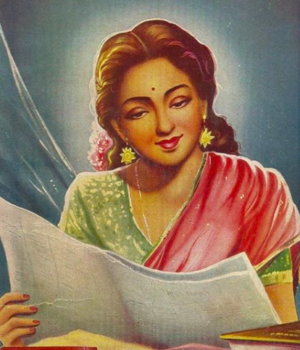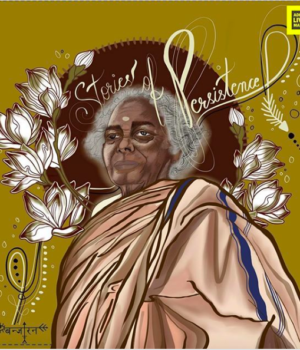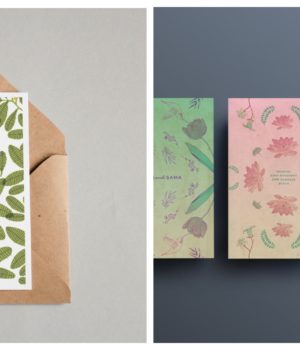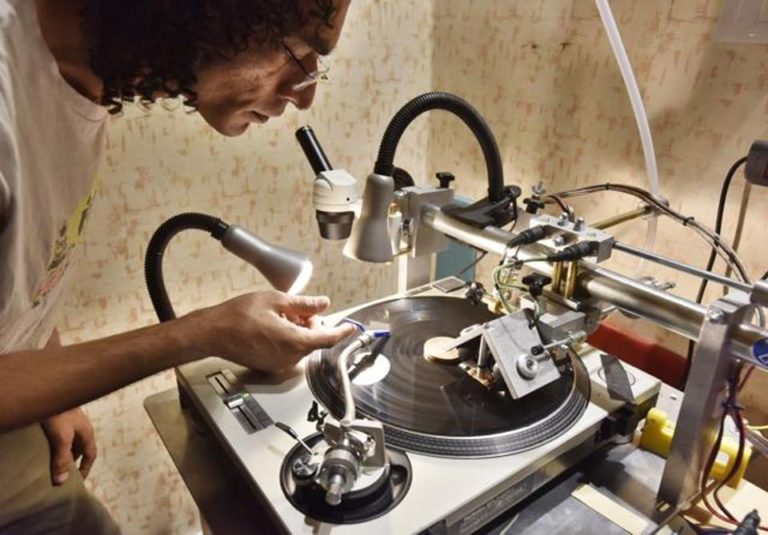
Whether or not humans will rise from the dead as zombies during an apocalypse is still debatable, but vinyl records are definitely coming back to life. Statistics show that vinyl sales in 2016 reached a 25-year high, with more than 3.2 million LPs sold last year. Plus, 2016 also happened to be the first year that more money was spent on vinyl than digital downloads.
In India, Delhi-based record label Amarrass Records is riding the trend by making vinyl in-house dedicated to preserving, promoting and reviving traditional folk and regional music in India. This year, Amarrass has released albums by its artists, including Lakha Khan’s ‘At Home’ and albums by the Rajasthani group Barmer Boys.
Ankur Malhotra, co-founder of Amarrass, chats with us about how the label came to be, their love for folk music, and why vinyl is becoming so popular.
1) Tell us a little about your background and how Amarrass Records came to be

Ashutosh (Sharma) and I have been friends for over 35 years, from kindergarten in fact, and were both co-founders of Amarrass Records. We launched the label about 7 years ago in 2010, out of a common frustration about why there wasn’t any great music coming out from India to the rest of the world. That was the impetus behind forming the record label.
‘Amarrass’ is a joing word formed from ‘Amar’ which means ‘eternal’ in Sanskrit and ‘Ras’ which means ‘essence’ or ‘soul’, conveying the nature of music that we wanted to produce, which is beautiful music that lasts forever.
2) As the first Indian label to revive vinyl since it was last produced in the 80s, tell us what made you take such a step? Is it complimentary to the fact that Amarrass is involved in archiving and reviving old music, or is it due to certain special qualities of sound recording that are exclusive to vinyl?
It’s definitely the second option.
Vinyl has always been dear to me and Ashutosh. In fact, growing up we listened to most of our music on vinyl, even though cassettes were the primary format in India, followed by CDs and then LPs. Also, the fact that I’ve been a DJ for over a decade, and spent most of my time with records, added to it.
There are certain aspects of sound quality and output that are inherent in the medium of vinyl that always attracted us to the format. So, ever since we started the label, it was important for us to have music in an analog format. We have done a few recordings on tape and subsequently released more in digital formats, but now we’re excited to be able finally realize our dream of having a music label that records in an analog format.
3) How difficult is it to record on vinyl compared to digital formats of recording?
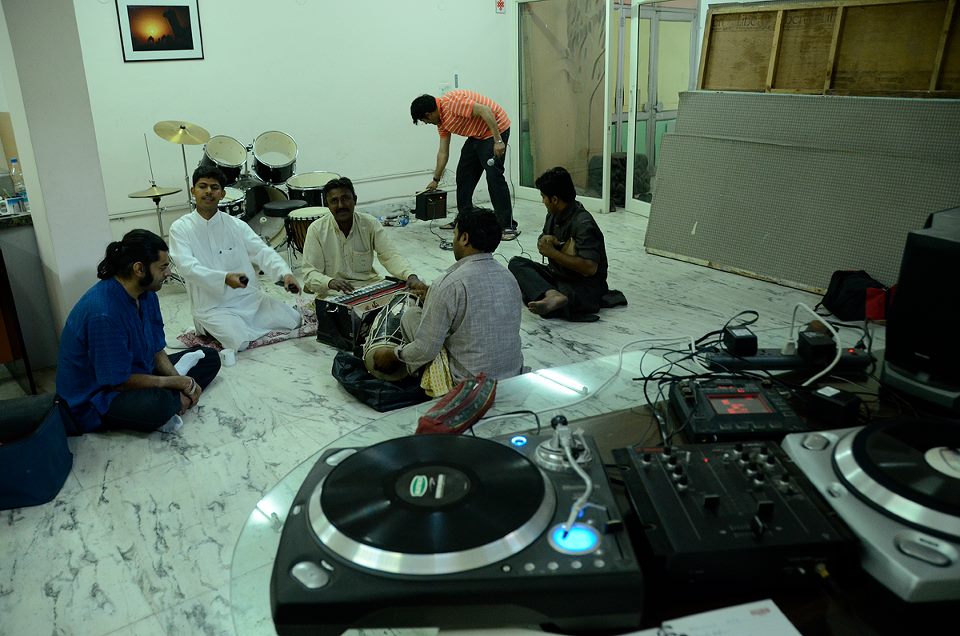
Unfortunately for vinyl, there is no plug and play technology, so it’s cumbersome. It has been a steep learning curve for us to get ourselves up to speed with making records.
Yet, this is one part of the music industry that has been doing relatively well in the last 5 years or so – you see more and more international acts releasing music digitally and in an analog format just to give an enhanced light to the design, content and of course, the music. This is why despite being older, ‘crunkier’, and a more formidable kind of method to release music, we feel it is justified.
4) There’s a limited audience in India when it comes to vinyl. Do you think that this will change, and that more people may start buying it? Or will it continue to be a collector’s item?
You can already see the change. There is a whole younger generation of music lovers who bring their records to record store day parties in Delhi to listen to them, or dance to other DJs playing music on vinyl.
It’s wonderful to see their eyes open wide when they first listen to the record, and are surprised at the sounds, commenting “Wow, where did that bass come from?” or “Where did the mid-range come from?” In fact, with the re-emergence of vinyl, a lot of adjectives which were once used to describe the quality of the sound, but had disappeared in the absence of vinyl can also re-emerge.
5) Lastly, tell us about the music Amarrass produces and promotes

From a label standpoint, our service to music lovers is to open people’s eyes and ears to other great exceptional music and talent that exists out there.
We’ve been working with living legends such as Lakha Khan in the folk space who has been performing for 50 plus years, yet most people don’t know that there are only a handful of quality “sarangi” players in the world and he is the best of the best.
It’s after coming across artists like him or the Barmer Boys, who are phenomenal talents that we realized how emotionally invested we were to a) preserve their music and b) convey the energy, emotions and excitement it evokes in us c) share it with the rest of the world.
It’s easy to be reminded, through this interview with Amarrass, that there we have such a rich musical heritage in India as well as exceptionally talented musicians, to whom we aren’t normally exposed to on a daily basis – as well as music, that through vinyl, can be experienced in a different, richer way. Out with the new, in with the old!
For a start, you can visit Amarrass’s website to check out their artists, and follow them on Facebook for updates on new LPs and events!
Interview by Swoyam Tuladhar
Featured image source: The Hindustan Times

